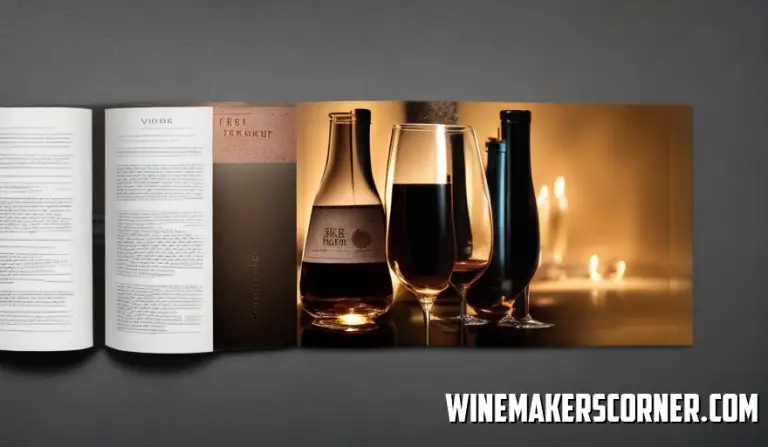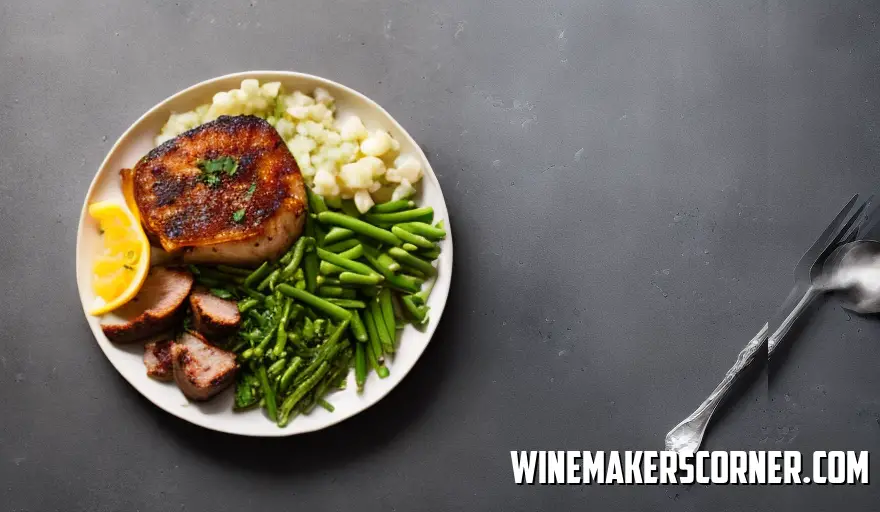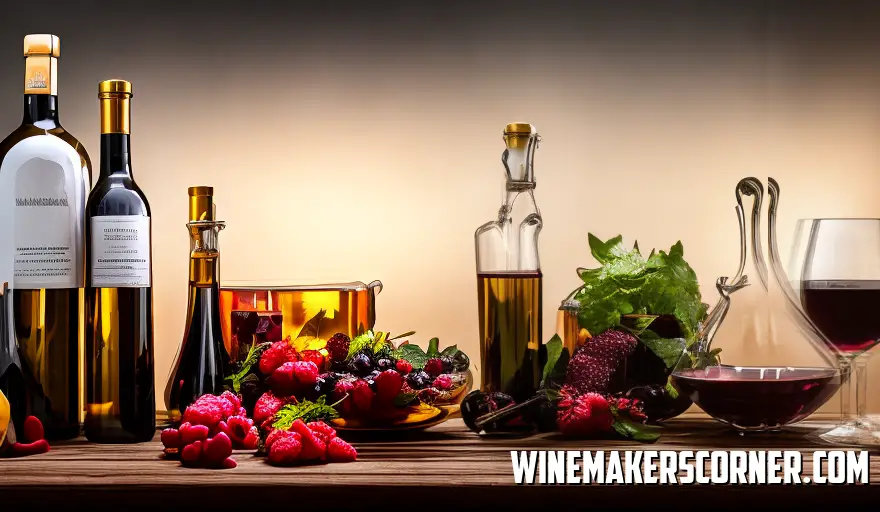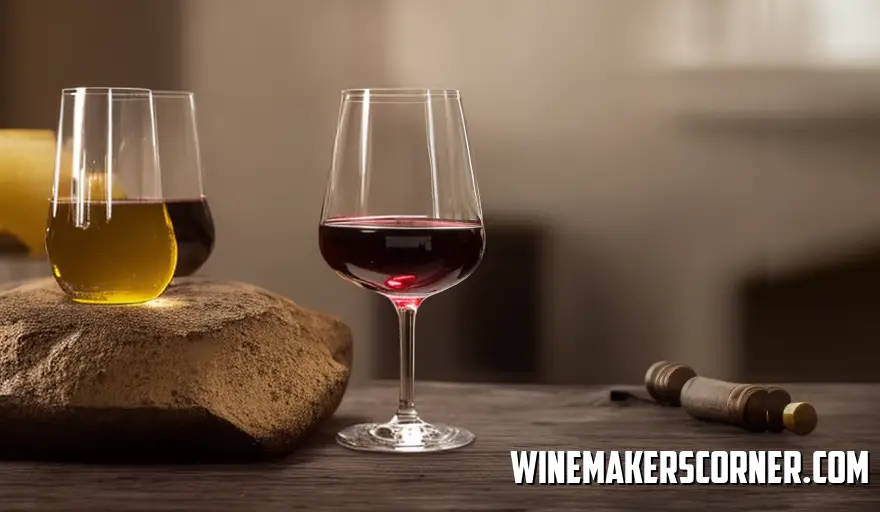The world of winemaking is enthralling- it embeds ancient traditions while embracing modernization. A perfect blend between science and creativity happens amid vineyards creating magic for wine enthusiasts or connoisseurs alike. This riveting trip promises to uncover secret realms known only by master vintners; let’s set sail knowing that there are many treasures unknown before us! Our wondrous journey will unfurl complexities such as fermentation processes or marvel at different grape varieties found across diverse terroirs; not forgetting how wine tasting methods unlock hidden flavours! Buckle up, and allow us to present a curated selection of top winemaking books-a treasure trove of wisdom that’ll quench your thirst for knowledge!
The Art of Winemaking: Essential Reads
Winemaking is an art form that has captivated enthusiasts for ages due to its science, tradition, and creativity mix. As such there are numerous books written on the subject today. In this article we’ll highlight some of the top wine making books that reveal master vintners’ secrets.
Our first recommendation is “The Wine Bible” by Karen MacNeil – an engaging read covering various aspects such as grape varieties to regional histories comprehensively. Its a fantastic resource for both beginners starting their wine journey and knowledgeable connoisseurs seeking invaluable insights. If you’re interested in understanding winemakings technical aspect accurately then “Understanding Wine Technology” by David Bird is a must read! This book simplifies fermentation processes’ complexities while illustrating barrel aging techniques with precision.
Finally if exploring organic practices used within vineyards worldwide in producing natural wines sounds fascinating to you- then you should check out “The Art of Natural Cheesemaking” written by Pascaline Lepeltier and Alice Feiring. Its an insightful book that explores the various organic processes used to produce wines naturally. Wine aficionados shouldn’t miss out on learning about how biodynamic principles contribute to producing exceptional wines.
Another book worth reading is “The Science of Wine: From Vine to Glass” by Jamie Goode which takes an analytical approach to examining winemaking intricacies such as terroir influence and sensory perception. Aspiring home vintners will find “Techniques in Home Winemaking” by Daniel Pambianchi extremely useful for its detailed instructions on equipment selection and tips on solving common issues that arise during the winemaking process. No matter where you are on your wine making journey these books offer valuable insights that will help take your craft to the next level.
Decoding the Science of Fermentation
Peering inside the world of wine making reveals an incredible blend of artistry and science at play driven by one critical process – fermentation. Vintners have unlocked its mysterious power over centuries imparting upon us delightful wines that please both our senses and palates alike.
The process starts when yeasts enter the picture – tiny microorganisms consuming grape sugars producing alcohol and carbon dioxide as they go along, transforming the grapes into something magical.
The yeasts’ unique strains used by winemakers play a huge role in the final wine flavor profile. Careful selection is key to crafting the perfect vintage, like a painter skillfully choosing colors for their masterpiece.
Temperature also plays a big part – fast or slow; hot or cold – every approach yields different results with bold robust notes emerging from warmer ferments while cooler ones preserve delicate fruit flavors.
Throughout fermentation, oxygen exposure remains just as critical.
Limited amounts enhance complexity while excessive levels result in spoilage that affects quality. Experienced vintners must keep vigilant watch over oxygen balance throughout fermentation, intervening where necessary to achieve optimal flavor profiles. The choice of vessel utilized for fermentation has a notable impact on the ultimate flavor profile of the wine produced. Whether made with traditional oak barrels or contemporary stainless-steel tanks, each container imparts its own subtle twists as the grapes ferment.
Innovations like clay amphorae or concrete eggs present exciting opportunities to push boundaries in winemaking creativity. Decoding the intricacies of fermentation uncovers an extraordinary realm where timeless techniques intersect cutting-edge methods and natural resources are masterfully crafted into exquisite wines! Budding vintners should study under experienced masters or refer to top-rated resources on wine-making to succeed in their craft.
Exploring the World of Grapes and Terroir
Understanding winemaking requires venturing into the nuanced worlds of grapes and terroir! At its core, wine ultimately derives from humble yet ever-complex grape varieties – thousands of which exist around the world sporting unique characteristics imparting distinct flavors and aromas upon fermentation. Naturally, selecting the perfect vine type is crucial to developing a distinct wine style. But it doesn’t stop there- terroir or the natural environment where vines thrive plays an equally significant role towards crafting exceptional vintages! By combining factors like soil type or climate conditions particular to each vineyard, individual vineyard identities emerge which shape wine character on a fundamental level! To truly understand this craft requires an inquisitive mind grounded in passion- exploring various grape origins while investigating how diverse terrains influence wines’ styles and quality levels is essential for full comprehension of this complex art form! Accomplished wine producers hold a wealth of knowledge regarding grapes and terroir harnessing this knowledge skillfully in fashioning wines that epitomize a particular sense of place. Regardless if you’re an amateur or seasoned oenophile deciphering the complexities involved with grapes and terroir can prove challenging. Good news is that theres a plethora of literature on this fascinating journey through viticulture as well as vinification techniques – ranging from beginners guides right up to comprehensive encyclopedias detailing grape varieties.
And so no matter if you crave a rudimentary introduction or exhaustive investigation theres something for everyone who desires to reveal the secrets behind creating great wine. Jump into these books authored by experts committed to unraveling the mystique surrounding wine making – every step from vineyard operations through to savoring each delicious glass!
Wine Tasting and Sensory Evaluation Techniques
The toolkit of a master vintner is incomplete without the refined techniques of wine tasting and sensory evaluation honed over centuries. These methods are essential for true connoisseurs who aim to unveil the secrets behind every bottle of wine they encounter. Let us journey into this delightful realm to understand it better starting with sight – an aspect crucial for identifying the age, body, grape variety of any particular wine.
By swirling a glass one can look out for “legs” or “tears” running down the sides indicating alcohol content & viscosity key factors that determine quality wines different from others in their categories Next comes smell – an integral component for evaluating wines which involves swirling & sniffing glasses revealing primary (fruit), secondary (fermentation), & tertiary (aging) aromas; mastering this takes practice but pays dividends in understanding particular wines’ characters Then comes taste where aficionados pay keen attention to sweetness acidity tannin levels flavor intensity & body when savoring their drinks. A truly exquisite wine experience relies on more than just taste alone. Texture can be a make or break factor and is often underestimated in its importance in producing superior quality wines; smoothness or roughness can be influenced by factors such as grape variety, production method, and aging process. The finish is another critical component – the longer the aftertaste lingers, the better indication of high quality craftsmanship.
The appreciation of fine wines can be a complex pursuit; sensory evaluation techniques must be mastered to fully understand this art form. Whether you’re an aspiring vintner or simply an enthusiastic wine lover gaining knowledge through top winemaking books can greatly improve your understanding of exceptional wines.
Organic and Biodynamic Wine Production
The world of winemaking benefits greatly from organic and biodynamic wine production techniques that continue gaining popularity among vintners who prioritize sustainability practices. In this regard we examine some top books that share insights into these approaches to winemaking. Beginning with “Biodynamic Wine” by Monty Waldin- it is a necessary read for anyone keen on learning about holistic vine growing techniques because Waldin brings his vast knowledge to bear- discussing lunar cycles’ impact on grapevines’ health as well as soil healths importance among other topics optimal for budding biodynamic vintners seeking wisdom treasures from seasoned practitioners.
Another essential book is Isabelle Legeron MWs “Natural Wine,” a comprehensive guide covering all aspects of organic farming principles’ significance alongside the role native yeasts play during fermentation. Legerons passion for natural wine is clear evidence throughout the book making it engaging for both wine enthusiasts and industry experts. Lastly “Organic Wine: A Marketers Guide” by Annette Pyle takes a scientific approach to organic viticulture offering valuable insights into marketing strategies and consumer preferences.
When it comes to advising on effective promotion of organic wines Pyles business background proves incredibly useful for readers. Furthermore Nicolas Jolys “Wine from Sky to Earth: Growing & Appreciating Biodynamic Wine” draws attention to the spiritual elements integral to biodynamic winemaking. He dives deep into its underlying philosophy while exploring how it cultivates a deeper connection with nature while amplifying our passion for superior quality wine varieties.
To put it briefly these books offer invaluable knowledge regarding both organic and biodynamic wine manufacture from a multitude of perspectives – agricultural methods, marketing strategies as well as philosophical beliefs. By learning about the secrets behind the approaches of master vintners who prioritize sustainability while focusing on quality rather than conventional techniques we gain a more nuanced understanding of what makes these wines so exceptional.
The Business Side of Winemaking
Winemaking involves both an artistic side as well as a complex business aspect. Master vintners must be well-versed in every detail to succeed in this industry. In this article, we will explore the top wine books that uncover the strategies of expert winemakers with particular emphasis on essential business concepts.
Effective marketing and sales are critical components alongside crafting exceptional wines when seeking success in wine production today.In unveiling branding techniques alongside contemporary global market tendencies and customer relationship management skills then one book shines through: “Wine Marketing & Sales” by Janeen Olsen Liz Thach an Paul Wagner which comprehensively covers those topics.
“Wine Business Case Studies” edited by Pierre Mora offers readers with intriguing narratives regarding actual successes worldwide via businesses across all sizes including small family-owned vineyards who have triumphed over struggles and approaches they adopted towards surviving amidst competition.
For those keen on sustainable practices regarding winemaking, “The Business of Sustainable Wine” by Sandra Taylor enlightens on maintaining profitability and environmental considerations.
Todays discerning consumers should prioritize issues like water conservation, waste management, and ethical labor practices – all key concepts explored in this book. And if you’re considering starting your own winery be sure to check out “Starting Your Own Winery: A Complete Guide” by Tom Powers. Covering everything from grape varietals to legal considerations when operating a winery Powers’ practical handbook is an ideal resource for aspiring wine entrepreneurs.
Regardless of your level of experience in the field succeeding as a wine businessperson requires ongoing education and adaptability; these top wine making books offer invaluable insight on how best to do so.
Crafting Unique Blends and Styles
The creation of exceptional wines is a journey that demands expertise, passion, and creativity like no other activity would. Top wine-making books offer wisdom-filled advice that aspiring vintners as well as seasoned experts can benefit from immensely. These literary gems guide us through this intricate process with ease – exposing us to secrets previously unknown by master vintners themselves. Understanding grape varieties holds immense importance while crafting distinct blends since choosing grapes sets the foundation for any wine’s character.
In addition to this crucial factor lies terroir’s significance; soil composition, climate changes along with geography significantly impact a final product’s taste profile too. By exploring various grape types together with terroir nuances during this journey – one can attain truly remarkable wines coveted by all precise lovers of fine things in life!
It doesn’t stop at understanding these elements only since blending techniques also contribute to distinctive styles. Masterful combinations of various varietals allows for intricate flavor profiles adding depth and complexity to any creation a vintner makes. Top wine-making books help vintners master this skill by directing them through their craft`s nuances with ease and expertise.
Fermentation is paramount when shaping your blend’s character and ultimately its success or failure as a great-tasting wine. Each yeast offers specific qualities during fermentation which makes them crucial players in developing complex flavors for your blend; therefore don’t shy away from experimenting with different types as they could unlock unique results! Moreover, barrel aging plays an undeniable role in a wine’s style through oak selection, toast level, and aging duration. These factors play critical roles in influencing taste characteristics.
In summary, blending different elements harmoniously is key to crafting distinctive wines that elevate casual drinkers and satisfy connoisseurs alike (get it?). To master this art and gain priceless expertise from top vintners, explore their knowledge by reading the best wine-making books.
Celebrating the History of Winemaking
For thousands of years people have been fascinated by winemaking and its rich history continues to be a source of inspiration for modern vintners’ techniques. Looking back on this age old craft reveals past master winemakers’ secrets whose expertise we can celebrate today.
Georgia was home to some of the worlds earliest wine production around 6,000 BC but civilizations across time such as Ancient Egypt, Greece and Rome also enthusiastically embraced viticulture which formed the basis for contemporary winemaking practices globally.
In Europe during the Middle Ages monasteries became key wine production hubs where monks worked diligently at experimenting with different grape varieties and fermentation methods until they came up with many beloved wines still enjoyed today! Similarly impressive was the Renaissance era when master vintners fine tuned their skills further by appreciating terroir – aspects like soil composition and weather patterns – when crafting exceptional wines. Upon arriving at unfamiliar lands like South America, Australia, or South Africa, New World explorers transported with them European vines. However, this entailed a complex task for winemakers: adapting their skills under different conditions within each region. Nowadays though, tradition blends seamlessly with cutting-edge technology throughout the wine industry: whether through implementing historical methods or embracing modern advancements such as precision viticulture or biodynamic farming practices.Thus let’s raise a toast commemorating tireless innovators whose legacy thrives within every sip of wine taken from a bottle we enjoy and in the pages of top wine making books that offer an insight into their methods for future generations.




